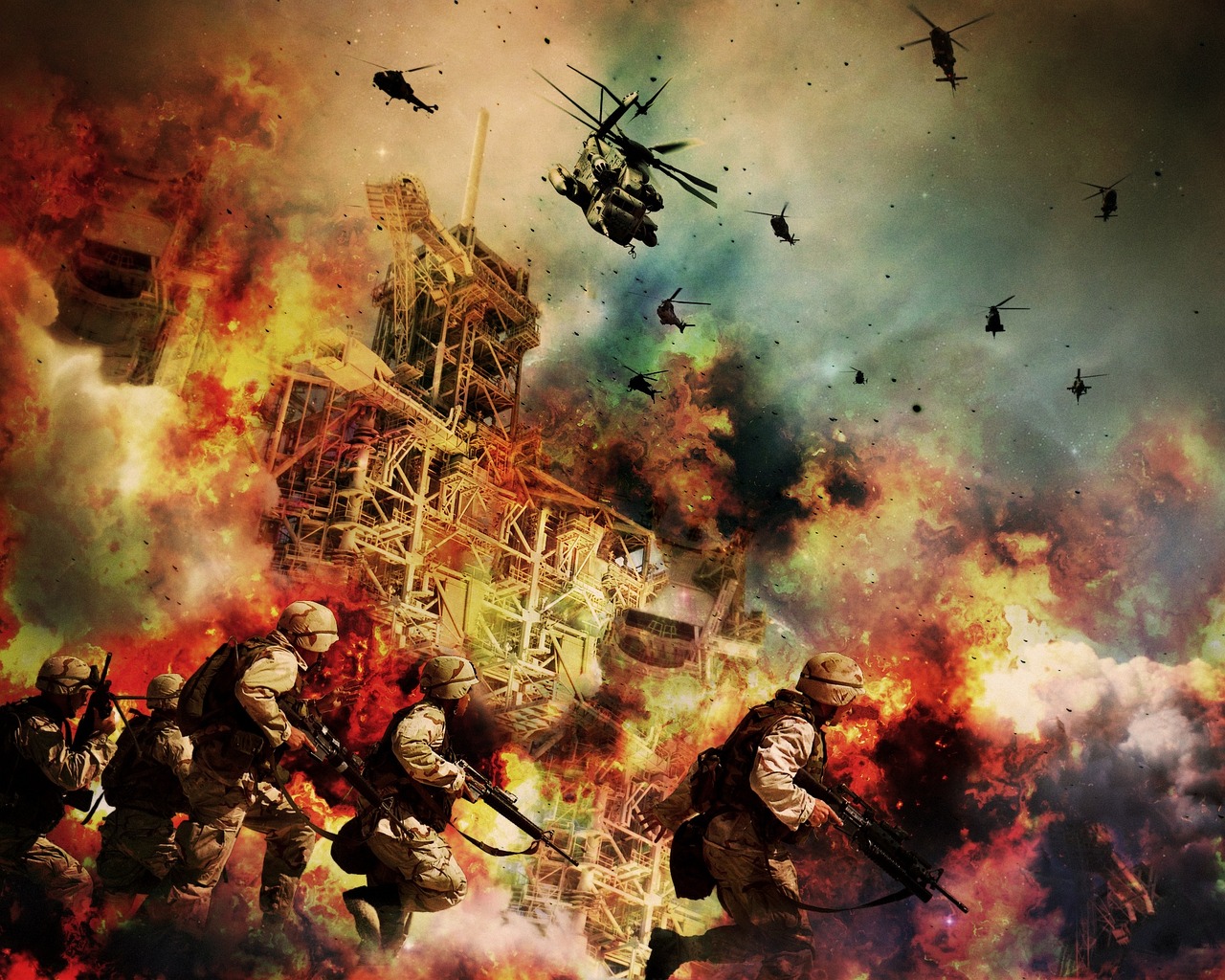Your cart is currently empty!
The Unholy Embrace: Gaza, Hamas, and the Unintended Allies

The Gaza Strip, wedged between the Mediterranean coast, Israel, and Egypt, has experienced a turbulent history, becoming a central node in the Israeli-Palestinian conflict. Since 2006, the Palestinian political and militant group, Hamas, secured control over Gaza. This led to an intensified isolation with both Israel and Egypt imposing strict blockades. The dynamic between Gaza’s residents and Hamas has become complex, made even more intricate by the unintentional alignments between Hamas and unexpected players, including some factions within Israeli far-right politics.
Hamas and its External Connections
Hamas’s charter has painted it as a resistance movement against Israel. Despite possessing a political wing that provides social services, its military faction has been involved in various aggressive acts, such as rocket attacks on Israel.
Significant support in terms of funding, weapons, and training from Iran has been routed to Hamas over the years. This alliance is not just a convergence of shared hostilities towards Israel; it serves Iran’s strategic regional interests.
The Unintended Alignment with the Israeli Far Right
It’s an open secret in political circles that some elements within the Israeli far-right have indirectly benefited from Hamas’s actions. While these factions and Hamas are diametrically opposed in their objectives, the presence and actions of Hamas provide these far-right elements with a raison d’être. The continued threat from Hamas has been used as justification for hardline policies, settlement expansions, and military actions.
In essence, the more aggressive Hamas’s postures are, the easier it becomes for the Israeli far-right to rally support for their cause, portraying their hardline stance as the only viable response to the challenges posed by groups like Hamas.
The Dilemma for Gazans
Hamas presents a dichotomy for many in Gaza. They offer a stance against perceived Israeli oppression, but their tactics have often brought about harsh repercussions for the Gaza Strip, including Israeli military retaliations and a sustained economic blockade.
With Hamas’s dominance and the lack of substantial political alternatives, many Gazans find themselves in a position where they either support or tolerate the group, despite potential reservations about its strategies or the broader geopolitical games in which it is a pawn.
Conclusion
The political landscape in the Gaza Strip, influenced by Hamas and its external affiliations, is further complicated by the unintentional and indirect support it receives from its adversaries. The convergence of interests between Hamas and certain Israeli far-right factions, albeit for different reasons, raises poignant questions about the future of the region and the chances for a genuine, lasting peace.
Share Your Perspective
Subscribe to Truthlytics today to stay informed and dive deeper into the issues that matter.
Already subscribed? Log in to join the conversation and share your thoughts in the comments below!




